Visual Merchandising Requirements
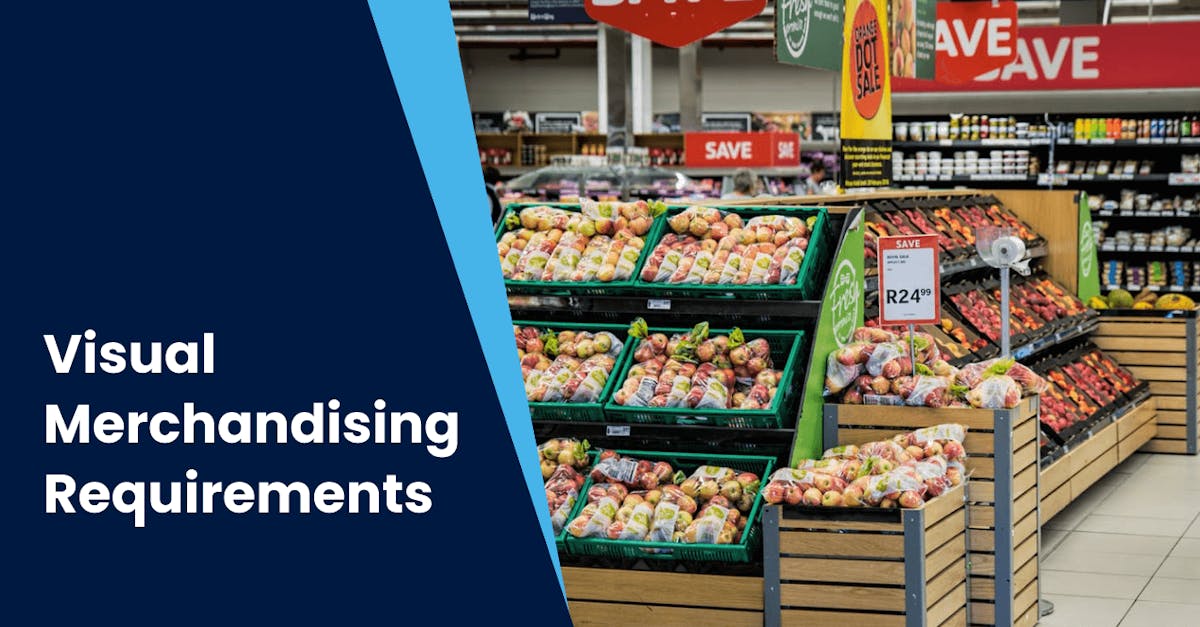
Visual merchandising is behind the success of Fortune 500 retailers today. It’s a simple cost-effective way to attract new business and keep current customers coming back for more. To get started with this, we’ve listed 10 visual merchandising requirements to use for your retail store.
1. Understand your target customer’s psychographics
When creating your visual merchandising plan, the first step you have to take is to understand your target market. Every retail store already knows its target market’s demographics such as age, income, and gender. But what about your customer’s psychographics? Do you know why and how you’re able to attract them to buy from you? An excellent start is by going over your point of sale system’s customer data (particularly a customer’s order history).

You’d want to ask yourself: What do your customers mostly buy? What goes with it? What season is your product popular? Where are those products placed? How’re they packaged? What other factors come into play from the point someone enters your store to their decision of buying from you?
Answering these questions will help you understand how your customer’s mind works and how to use that information to create more revenue. If you want to learn more about your market’s psychographic, EdApp has a wonderful course on understanding customer motivations, knowing your market, and critical thinking. These courses are structured in a microlearning format to highlight important information and keep your learners engaged.
2. Competitor analysis
While it’s good to look at your own data for evaluation, you should also look into what your competitor is doing. Competitor analysis helps you understand where your competition is going right and where it isn’t. A detailed competitor analysis will position you to outperform your competitors and possibly take business away from them and into your store.

To properly execute this, your competitive analysis needs some planning, intensive research, and a bit of sincere introspection into your own data. It can be easy to pick apart what your competition is doing, but hard to consider their strategies with yours objectively. Take it slowly at first. Don’t rush into this process just to get it done. You could be amazed at what you learn about the business environment in your area.
3. Create a visual experience with color
We all know you must use your brand colors for your store. But, have you stopped to think about how you can take your colors and create a visual experience with them?
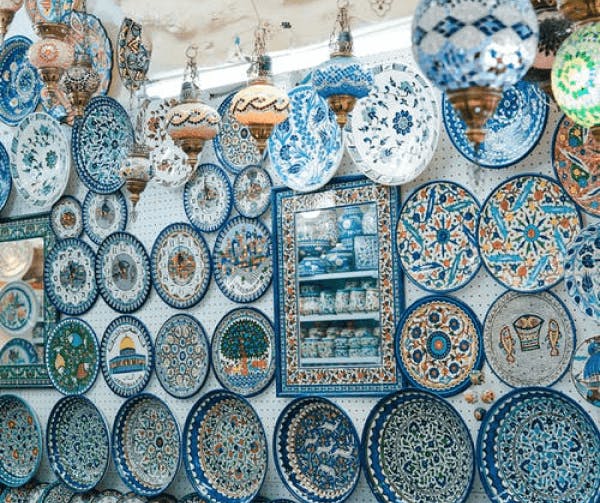
To do this, you have to decide how to properly use your brand colors to decorate your store. For example, you can’t incorporate the color blue into everything in your store. If you brand everything blue, your products might end up blending into the background and get sold less. On the other hand, using too little of your palette can give you little distinction from your competition. You need to design your store in a way that it’ll attract and engage your customers with your branding.
Apart from attracting attention, deciding the whens and wheres of your colors can also help you perfectly evoke the type of feeling you want your customers to feel. Blue can make your customers feel calm and that they can trust you or your product. But too much or too little of the color can’t unlock that emotion. The right amount of blue, however, won’t feel too overwhelming and underwhelming for them. The color will actually have the effect you want it to. Balancing between less and more is best and it will give you a good idea of how to create a stunning visual experience.
4. Explore ways to improve lighting
Your lighting choice contributes to your store’s ambiance and defines the emotion your store stimulates. Not only that, smart lighting design can call attention to the goods you want your buyers to notice and can also make a statement that separates you from your competitors.
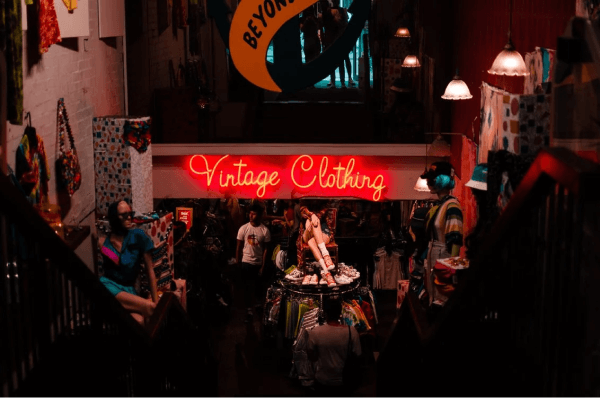
One way you can improve your lighting is to replace old bulbs with new ones. Older bulbs lose their crisp-white yellow light over time and have lesser power. They make your products look darker, and it fails to call your customer’s attention. With newer bulbs, not only will they make your product look brighter, but also make them look better.
Another way you can explore lighting design is by incorporating accent lighting. Accent lighting draws attention to particular products or key areas by emphasizing their presence. This type of lighting directs shoppers to important items or places by improving their visibility or emphasizing them. On top of that, it doesn’t cost you much to add accent lighting to your store.
5. Maximize your store’s space

Maximizing your space is one of the keys to unlocking good visual merchandising. While you want to split up how you showcase merchandise and reduce clutter, empty space should be sparse in your store. You want to use as much of your store as you can to display and advertise other products. The more you expose your customers to different merchandise, the higher the chances of them purchasing those other products. You can also take safe lifting training courses to make sure you’re following safe practices when lifting, moving, or arranging your merchandise throughout the store.
Avoiding wasted space will also keep your customers visually engaged in your store. They’ll be encouraged to look around more and try different products.
6. Point your customers where they need to go with signage
Effective signage emphasizes your products or store features, directs people to where they want to go, and communicates information with your customers. It has a tremendous impact on what your shoppers view and engage with, as well as how they perceive your store and items.
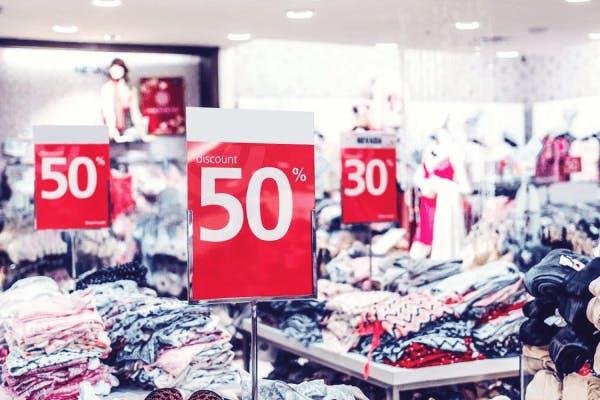
Picking the right signage for your store comes down to identifying what your goals are. Are you using them to market deals? To highlight certain product features? To give your store character? Before you begin printing, consider what you want your signs to accomplish and how you want them to appear. This will save you a ton of time and money in the process.
7. Advertise your key products with point-of-purchase (POP) display
Point-of-purchase (POP) displays are temporary digital or physical displays that are placed around items to attract attention or advertise them. They can be used to emphasize product characteristics, highlight discounts, break up clutter, or give attention to a new item.
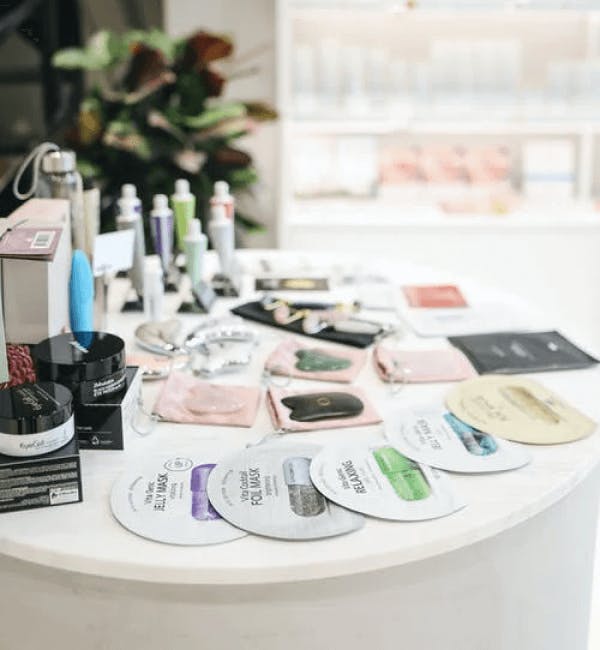
To decide the ideal POP displays for your store, you should first choose which items you want to market. These might be your staff’s favorites, bestsellers items, or slow sellers you want to push up. This is entirely up to you and what items you believe will benefit the most from POP displays.
You should also consider how you want your POP displays to appear. The choices are unlimited, but the POP design you pick should be eye-catching, pull people in, speak to your brand language, and blend in with the rest of your visual merchandising.
8. Entice people from window shopping to purchasing
Your store windows provide another opportunity to showcase your visual merchandising skills and lure passing traffic into your shop. You can showcase items in an eye-catching manner, promote bargains, or even construct an art piece that captures casual passers’ attention.

For your window displays, be sure to focus on producing something that will capture your passer-bys’ attention and offer them a taste of what they can get when they step inside. Your window displays shouldn’t be intentionally misleading in order to make a message. Consider your window display to be the cover of your company’s book. It should be appealing enough to make them want to learn more while also giving them enough information to know what they’re getting into.
Window displays are one of the few areas in visual merchandising where your display doesn’t need to be purchasable and may instead focus only on aesthetic appeal. Many businesses take this as an opportunity to develop something truly unique for their store, so have some fun with it.
9. Products that go well together stay together
Using your displays to cross-sell particular goods is another visual merchandising requirement. By using your point of sale data, you can find out which products are great to cross-sell with each other and how to rearrange your product displays.
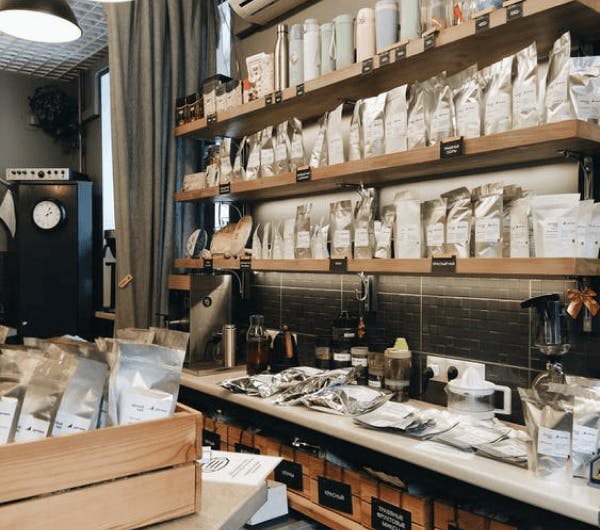
Cross-merchandising is an excellent strategy to boost the average basket size of your shoppers. By strategically grouping goods that complement one another, you simplify their shopping experience while also providing them with options they might not have initially considered.
10. Contrast your products with your own or your competitors’
Using contrast helps you draw attention to specific goods or displays in your store. Ultimately, you don’t want your shoppers to drown in a sea of items. Having a focal point in your displays directs your clients’ attention to specific goods or sections.
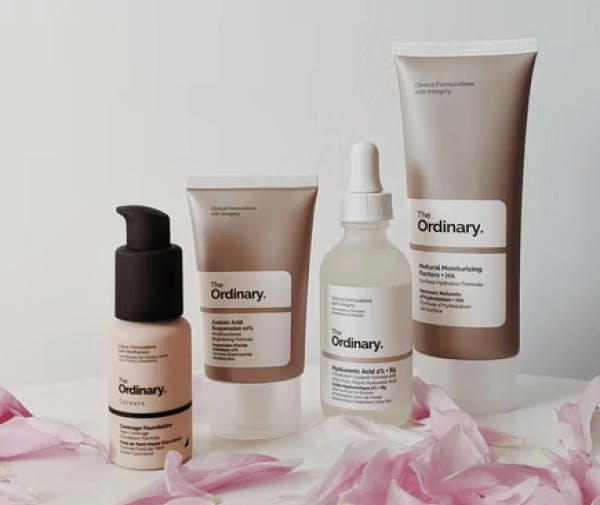
One way you can do this is by choosing certain color palettes to help your displays stand out. Using black and white, monochromatic hues or other contrasting colors can make your products pop out more. Maximize white space and add cohesion to your store. Give each product enough room to breathe in so people can consider them. But, you also want them to blend in enough that your store doesn’t look disorganized and disjointed.
EdApp is a mobile learning management system designed for today’s digital habits, delivering more engaging and effective micro-learning, like merchandising courses, directly to learners anytime and anywhere.
Sign up for this visual merchandising improvement tool today.
Author
Stephanie Escuadro
Stephanie is an eLearning content writer for EdApp, a microlearning solution designed for today's digital habits. She creates content about cutting-edge learning technologies and resources to help companies deliver great training experiences. When not absorbed in writing, she spends her time taking care of her dog and binge-watching.
